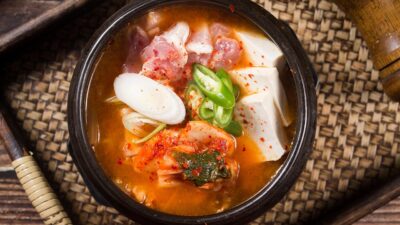Spices have been a fundamental part of culinary traditions around the world for centuries. They tantalize our taste buds, elevate our dishes, and even influence our emotions. Among these, spicy peppers hold a particularly esteemed place in the hearts of many. But what exactly drives our fascination with heat? The answer lies in a unique intersection of biology, psychology, and culture.
The Chemistry of Heat
At the heart of spicy foods is capsaicin, the active compound found in chili peppers. Capsaicin binds to receptors in our mouth, specifically the TRPV1 receptors, which are responsible for sensing temperature and physical abrasion. When these receptors are activated by capsaicin, they send signals to the brain that mimic the sensation of pain. This triggers a series of physiological responses: increased heart rate, perspiration, and the release of endorphins, our body’s natural painkillers.
Interestingly, the heat of spicy foods is often perceived as pleasurable rather than unbearable. This paradox can be attributed to endorphins, which produce a sensation of euphoria, similar to a runner’s high. This pleasurable experience can create a cycle of craving and consumption, where the body seeks out the exhilarating rush that accompanies a spicy meal.
Psychological Factors
Our relationship with spicy foods is also influenced by psychological factors. For many, spicy foods serve as a form of comfort or adventure. They can evoke memories of family gatherings, cultural celebrations, or exotic travels. The experience of eating spicy food often comes with a sense of ritual; the anticipation before a meal, the shared enjoyment among friends, and even the exhilaration of enduring the heat.
Moreover, spicy foods can elevate social interactions. Sharing a spicy dish can foster camaraderie and create a bonding experience among diners. Participating in challenges or competitions to see who can handle the most heat can also provide a sense of accomplishment and community.
Cultural Influences
Cultural factors play a significant role in shaping our preferences for spicy foods. Countries such as India, Mexico, and Thailand have long-standing traditions of incorporating heat into their cuisines. These cultures often view spicy foods as integral to their culinary identity. In contrast, regions with milder cuisines might promote a more mild palate, indicating how environmental factors, availability of ingredients, and historical trade routes influence culinary preferences.
Additionally, globalization has made spicy foods more accessible than ever. As cross-cultural exchanges increase, so does the exposure to diverse flavors and cooking techniques, allowing more people to experience and appreciate the heat of spices.
Health Benefits
Beyond the thrill of heat, consuming spicy foods has been linked to several health benefits. Capsaicin is known for its anti-inflammatory properties and may improve metabolism, support weight loss, and even reduce the risk of certain chronic diseases. Additionally, spicy foods can enhance digestion by promoting the secretion of digestive enzymes.
However, it’s essential to consume spicy foods in moderation. For some, excessive heat can lead to digestive discomfort or exacerbate certain conditions like acid reflux.
Conclusion
The allure of spicy foods is a rich tapestry woven from scientific, psychological, cultural, and health-related threads. Whether enjoyed for their thrill or their flavor, spicy foods resonate deeply with people from all walks of life. In the end, the love of heat is a testament to our quest for flavor, excitement, and connection—elemental aspects of the human experience that span across generations and cultures. Embrace the heat, and discover the joy that spices can bring to your culinary adventures.



